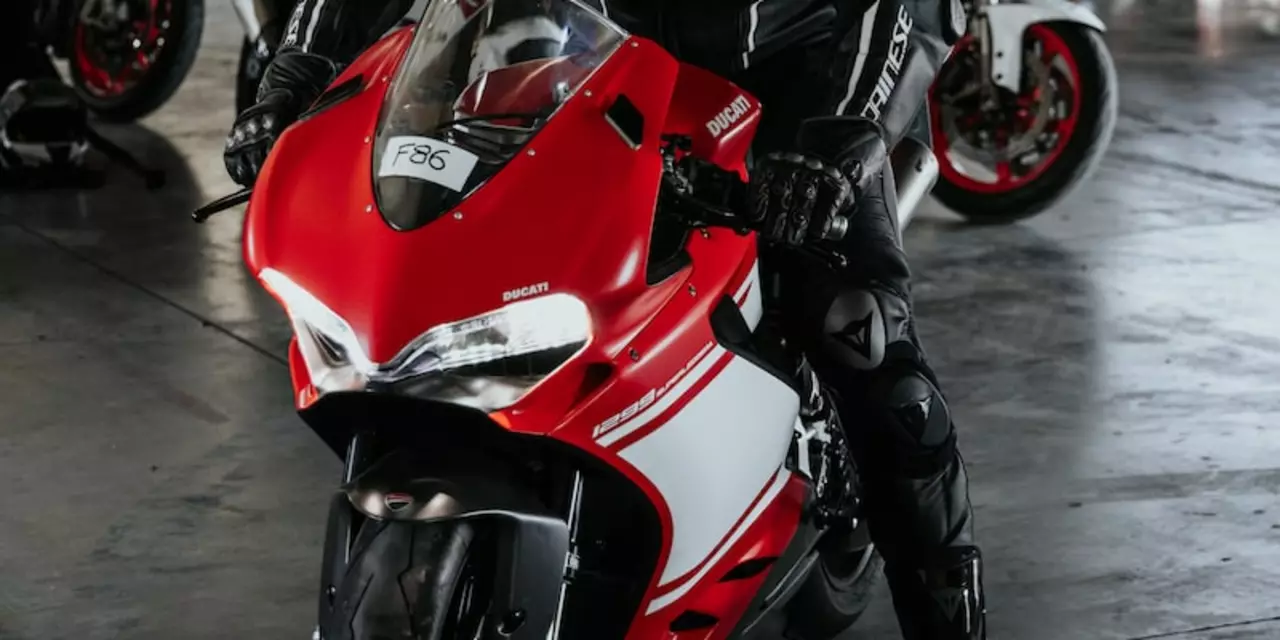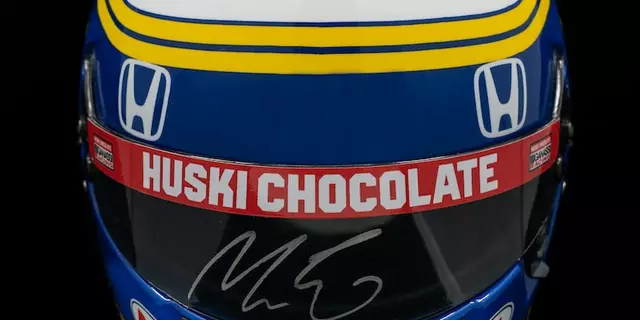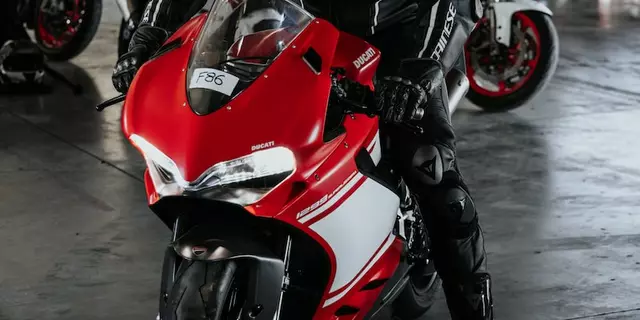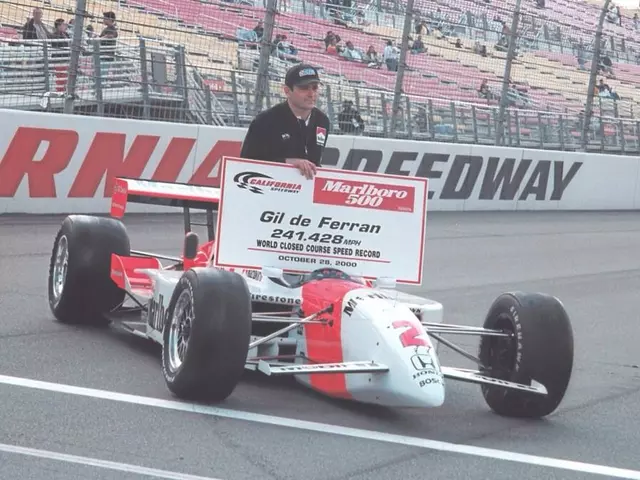Aerodynamics in Subaru Motorsport – Why It Matters
When you hear the word “aerodynamics,” think of air flowing over a car like water over a rock. In Subaru racing, that smooth flow decides if a car sticks to the road or lifts off. It’s the secret sauce behind every fast lap.
Downforce: The Invisible Grip
Downforce pushes the car onto the track, letting the tires bite harder. Subaru’s rally cars use small wings and shaped hoods to create pressure that squeezes the car down. The result? Faster cornering and more confidence for the driver. You can feel it when the car leans into a turn but still feels planted.
Cutting Drag for Straight‑Line Speed
Drag is the air that pushes back against the car. Too much drag, and a Subaru loses precious seconds on the straight. Engineers smooth the underbody, seal gaps, and add sleek side skirts to let air slide past. Those tiny changes add up to big gains at 150 mph.
One practical tip for fans building their own track cars: start with the rear diffuser. Even a simple diffuser can cut drag by up to 10 % and add a few more kilograms of downforce without extra weight.
Another easy win is the front splitter. By extending a flat plate a few inches from the bumper, you redirect air over the car instead of under it. The splitter helps the front tires stay planted, especially in high‑speed corners.
Subaru’s rally heritage also teaches us about adjustable aerodynamics. Many rally cars feature removable wings that can be swapped depending on the stage. On a tight forest route, you might lower the wing for less drag. On a fast gravel road, you raise it for extra grip.
Fans often ask if they need a full‑blown wind tunnel to get good aero. The answer is no. Simple tools like a hand‑held anemometer and a smoke tube can show you where airflow separates. Spotting turbulent air early helps you smooth the shape before it becomes a problem.
Real‑world racing data backs up these tweaks. Subaru’s WRC team logged a 0.3‑second improvement per lap after redesigning the rear wing tip. That’s the difference between a podium and a mid‑pack finish.
Remember, aerodynamics isn’t just about adding parts. It’s about balancing the car. Too much downforce adds weight and tire wear, while too little makes the car slide. The sweet spot depends on the track, weather, and driver style.
In short, mastering aerodynamics gives Subaru racers the edge they need to win. Whether you’re tuning a street‑legal WRX for the track or just curious about how the cars stay glued to the road, the principles stay the same: manage airflow, control downforce, and cut drag. Keep these ideas in mind, and you’ll see why Subaru’s motorsport success is as much about science as it is about power.








